A fragment from a Roman marble sarcophagus, carved in high relief and dated to the 1st century AD – likely during the Julio-Claudian period. It depicts a winged figure, most likely a funerary genius or psychopomp, symbolizing the soul or a celestial guide escorting the deceased to the afterlife.
The figure, carved in fine-grained white marble, is shown in three-quarter view, with soft facial features and gracefully outstretched wings rendered with delicate feathering. The composition conveys a sense of gentle elevation and spiritual ascent, characteristic of the funerary art of early Imperial Rome. Such motifs were typical of high-status sarcophagi produced in major centers like Rome and Ostia.
In Roman funerary iconography, winged figures – inspired by Greek Erotes, Nikes, or personified souls – represented the lightness of the liberated soul and the hope of immortality. Their presence on sarcophagi expressed both mourning and transcendence, providing comfort through visual allegory.
Technical details:
• Date: Roman Empire, 1st century AD
• Material: White marble, carved in high relief
• Dimensions: H. 19 cm – W. 14.5 cm – D. 8.5 cm
• Weight: Approx. 2.13 kg
• Condition: warm patina, visible features and wing structure
• Origin: Likely Rome or Ostia
Provenance:
From the collection of Monsignor Dr. theol. Ludwig Voelkl (10 June 1899, Dürnbach – 25 October 1985, Rome), Papal Prelate and Director of the Roman Institute of the Görres Society. Buried in the priest’s crypt of the Archconfraternity Santa Maria della Pietà in the Campo Santo Teutonico near St. Peter’s Basilica, Rome. The piece passed by inheritance to a southwestern German family and has remained in private hands until today.



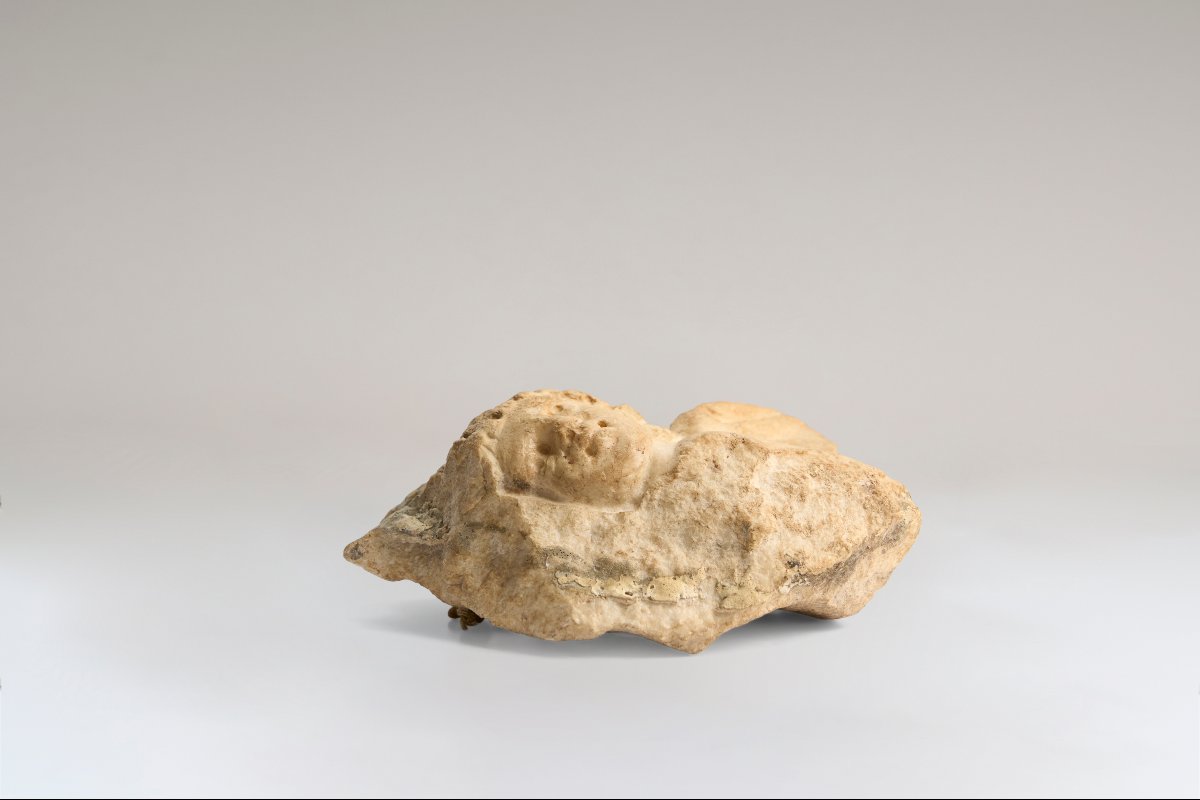
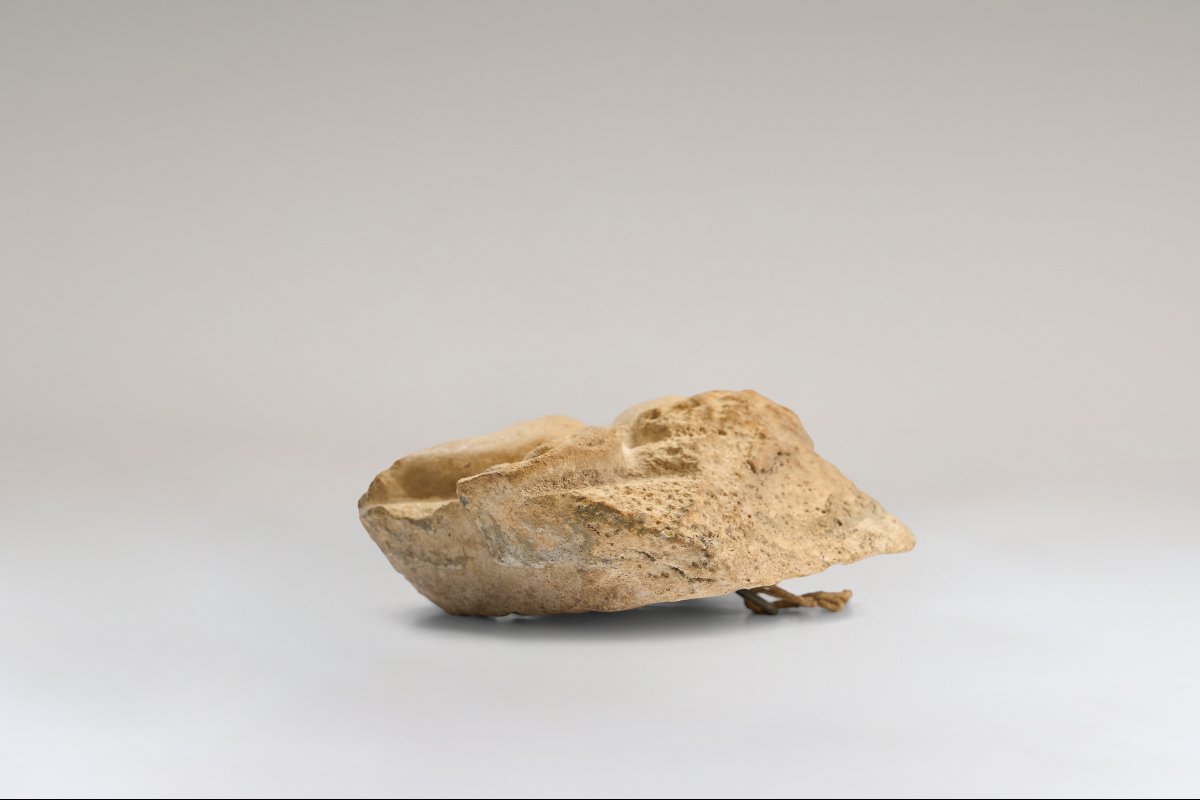
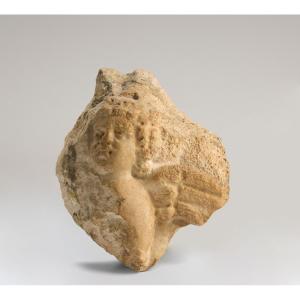





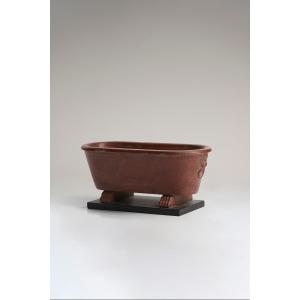
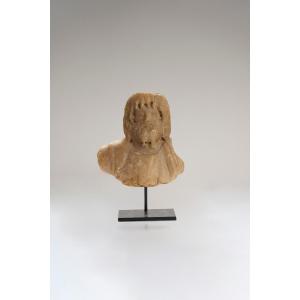



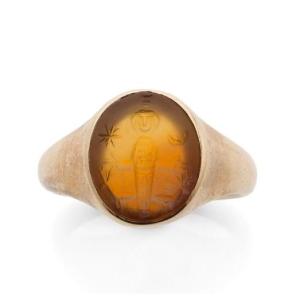

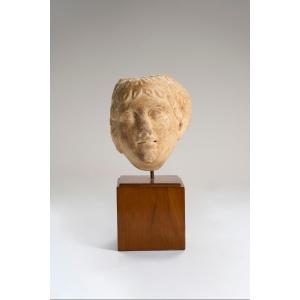
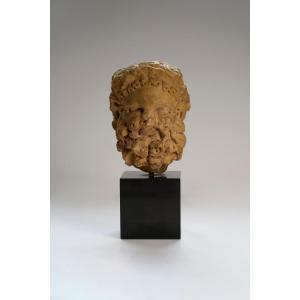
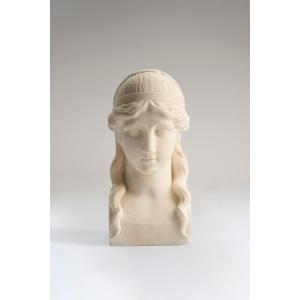
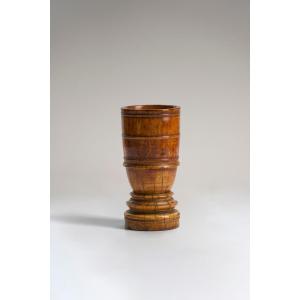








 Le Magazine de PROANTIC
Le Magazine de PROANTIC TRÉSORS Magazine
TRÉSORS Magazine Rivista Artiquariato
Rivista Artiquariato